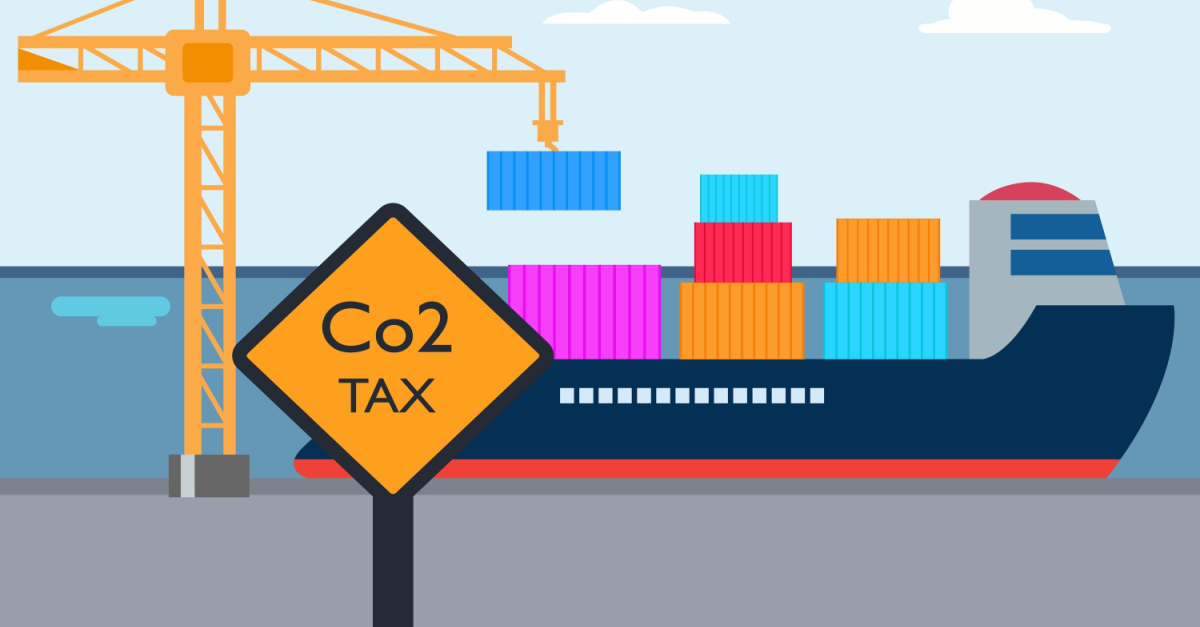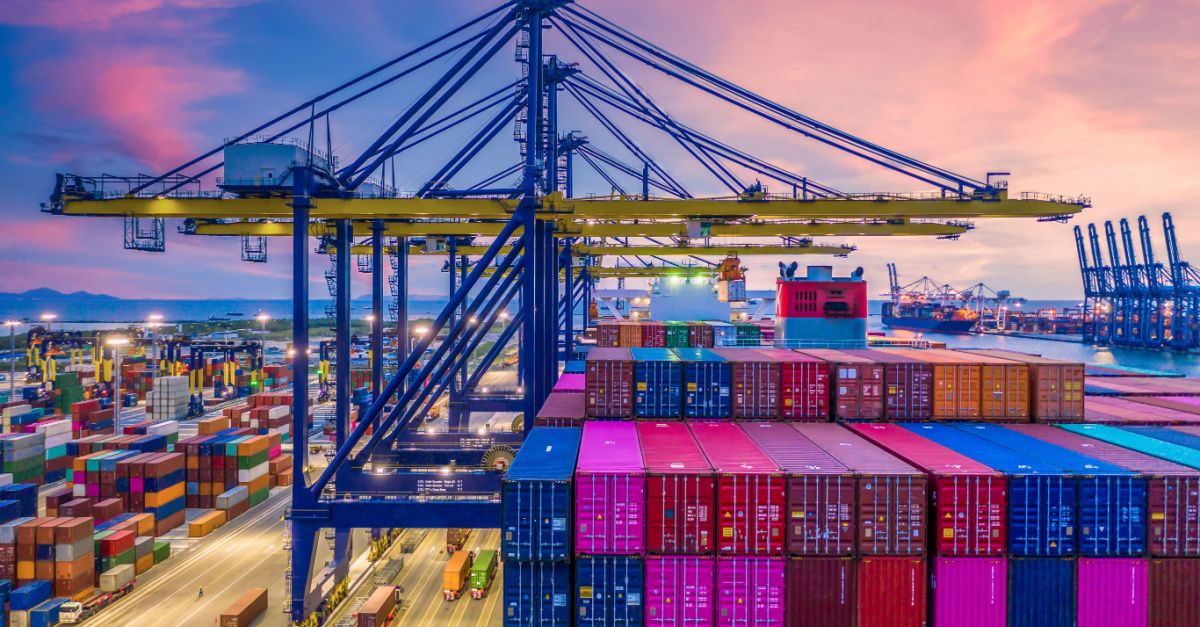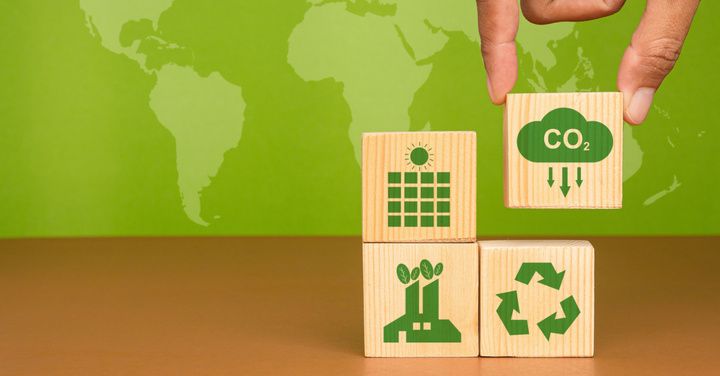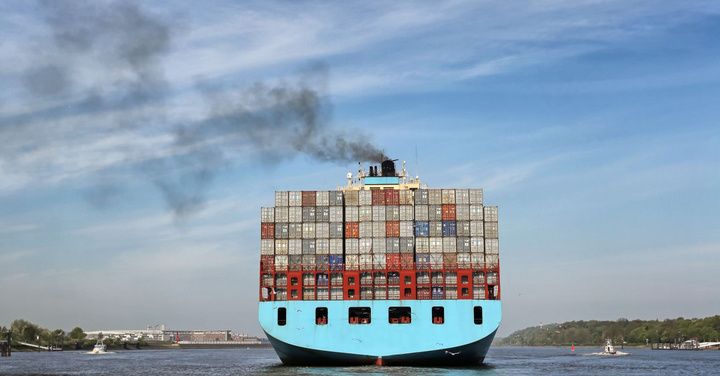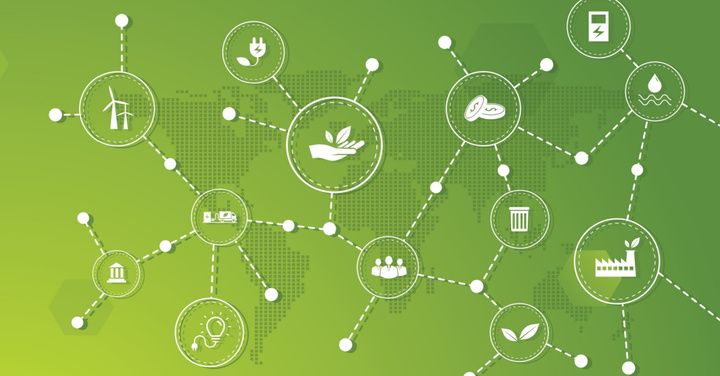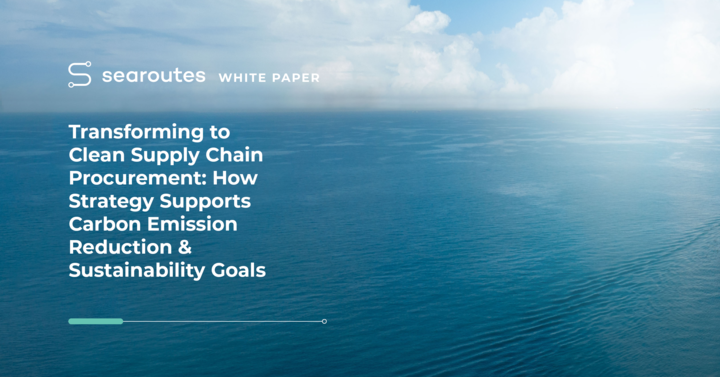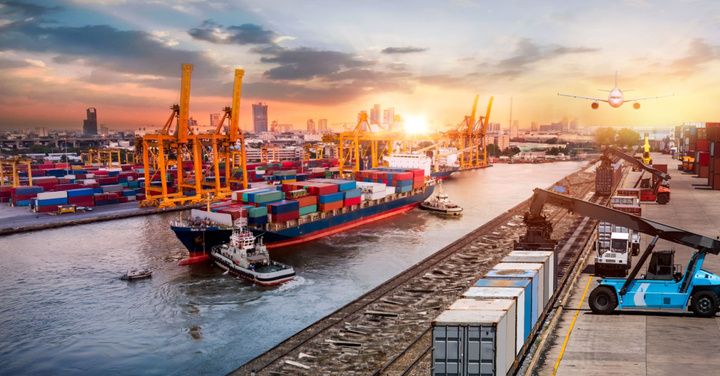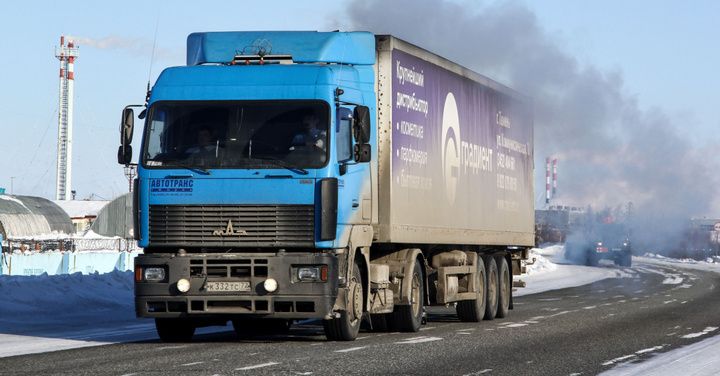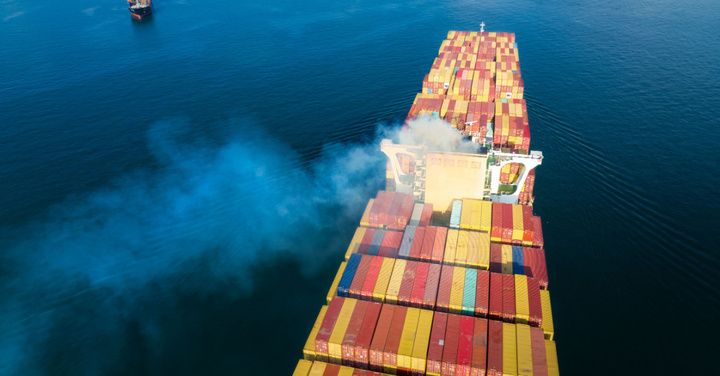If it seems difficult to keep up with the latest carbon emission regulations and upcoming requirements, there is a reason: the world is in the middle of a shift from awareness of the need for sustainability to action. More governing bodies, both on the national and...
A Data-Driven Approach for Freight Forwarders to Lead with Decarbonization & Emission Reduction
As the world continues to wrestle with the challenges posed by climate change, the need for sustainable and environmental responsibility practices is becoming increasingly important. This is especially true in freight transportation, and freight forwarders are beginning to...
Building Sustainability Resilience in Ocean Freight Procurement: Reducing Risk and Emissions through Technology and Expertise
With the increasing recognition that environmental, social, and governance (ESG) factors can impact a company’s long-term success and reputation, sustainability risk management (SRM) is a rapidly growing topic. For companies with global supply chains, informed ocean freight...
Beyond the Surface: The Next Level of Carbon Emission Data for Informed Procurement Decisions
Supply chains across the globe face challenges on the road to achieving sustainability and efficiency. Transportation is a significant contributor to greenhouse gas emissions and climate change, and companies must figure out the sustainability of their logistics operations to...
Greenwashing & What to Know About the Lack of Reporting Standards
As focus on sustainability increases for everyone from consumers to businesses to governmental agencies, there is a growing concern about the negative impacts of greenwashing and how we can seek to eliminate it. Greenwashing, or exaggerating and making false claims of an...
Questions To Ask Your Climate Partner When Measuring Logistics And Transportation Emissions
There is increasing demand for businesses to reduce their transportation carbon emissions. On the one hand, there is the demand coming from downstream in the supply chain, ultimately, because the consumer is demanding it. At the same time, green initiatives and different...
How to Reduce Carbon Emissions with Clean Supply Chain Procurement
To effectively reduce carbon emissions and improve sustainability, shippers and freight forwarders must carefully consider the strategies and practices they use. One methodology of carbon emission reporting leads to the greatest degree of accuracy, while two others can hinder...
How to Track Carbon Emissions by Shipping Mode
Reducing your carbon footprint can seem like a daunting task, but it doesn’t have to be. There are various sources of carbon emissions, and within the scope of transportation, under Scope 3 emissions, your carbon footprint can be broken down by shipping mode. Each mode...
How Logistics Companies Can Route Better for Reduced CO2 Risk
Much of logistics companies’ work falls under the largest segment of carbon emissions—transportation. In the U.S., 27% of all carbon emissions are the result of transportation, and within transportation, 26% are from medium and heavy duty trucks, for a total of 422.8 million...
US CO2 and Carbon Emissions Regulations for Shippers to Know: Why Sustainability Matters More Than Ever in 2023
The U.S. government currently has over 30 climate laws and policies; however, this number is actually behind a few countries, like the U.K., that have fewer greenhouse gas emissions per capita.
In January 2023, the U.S. government released its National Blueprint for...
